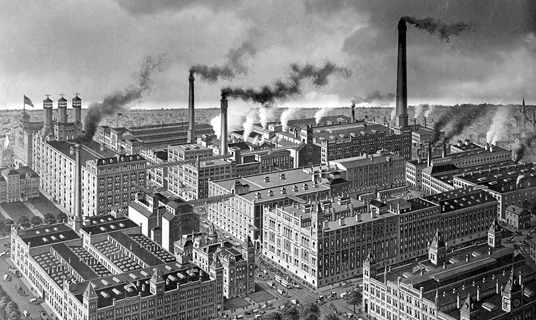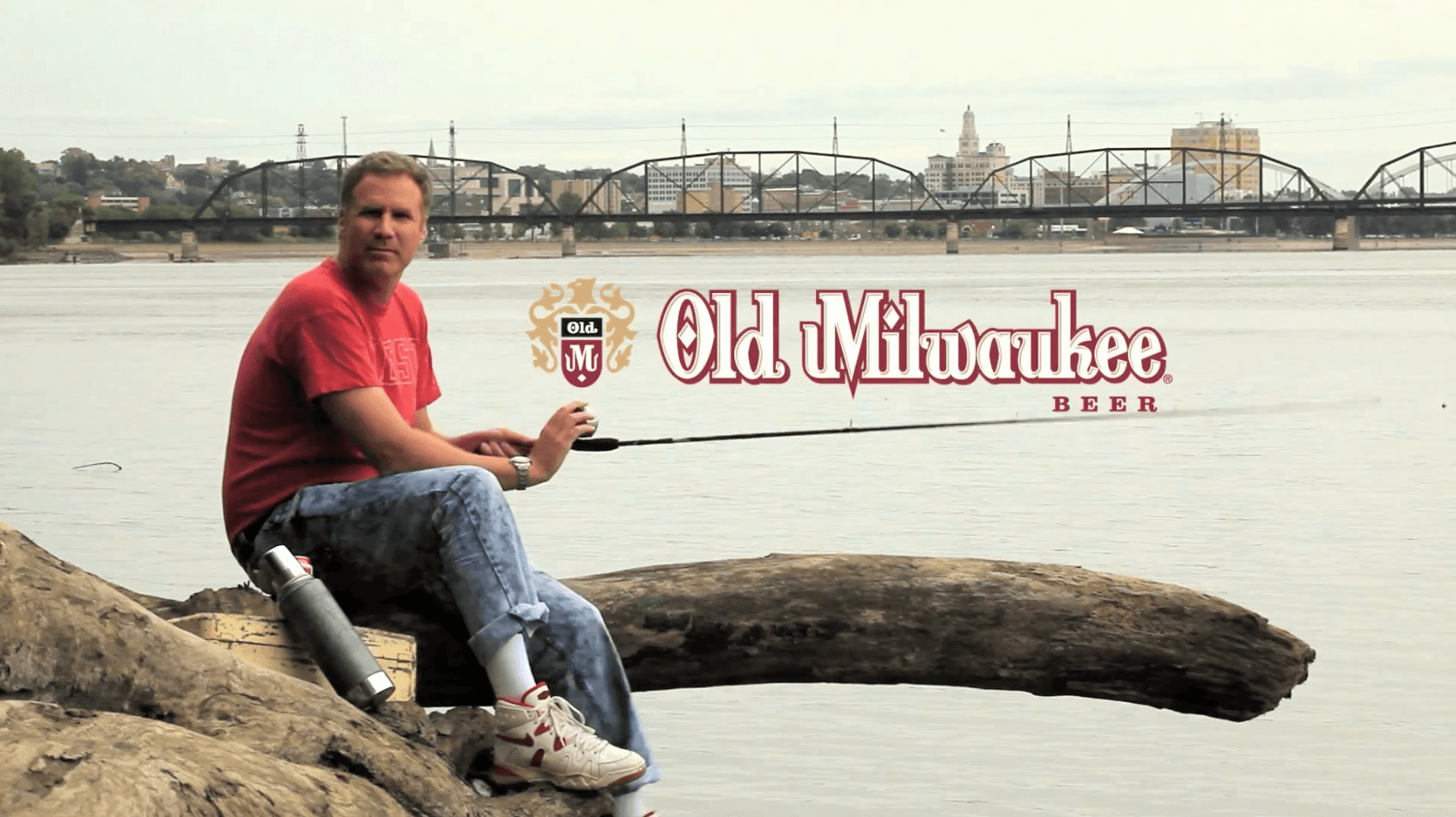Historical Timeline
Since 1844, Pabst has been privileged to create and build iconic brands with deep ties to America’s heritage. Take some time to explore 175 years of brewing history.

Jacob Best establishes his brewery with capacity of only 18 barrels per batch. In its first year, Best’s brewery produces 300 barrels.

Phillip Best takes over. Daughter Maria marries Captain Pabst in 1859. Pabst sells his shipping interests and takes a partnership in the brewery in 1863.

Output is 100,000 barrels; Captain Pabst is President of the Company. Best Brewing Company becomes the second largest brewery in the United States.

Best Select brand receives awards at world and U.S. competitions. In 1882 Pabst adds pieces of blue ribbons around the necks of “Best Select” beer bottles. In 1889 Pabst changes name of company to Pabst Brewing Company.

“Blue Ribbon” officially added to Best Select brand name. and in In 1899, Company sells 100 million barrels, officially changes brand name to Pabst Blue Ribbon, and adds red stripe to the label

Pabst’s cheese making business thrived. By 1930, over 8 million pounds of Pabst‑ett brand had been sold. Kraft eventually buys out the Pabst cheese operations.

Pabst opens new brewery in Peoria, Illinois and introduces packaged beer in cans one year later.

Pabst purchases Hoffman Beverage Company in Newark in 1946, and Los Angeles Brewing Company in 1948. Production and sales soared in the early 1950’s. But after Fred Pabst’s retirement, sales started to slip. Lowering prices worked in the short term. Pabst Blue Ribbon known as “The Premium Beer at a Popular Price.”

Sales grow from 3.9 million barrels in 1958 to 18 million barrels in 1977. Debt‑free balance sheet appeals to corporate raiders. Irwin Jacobs, “The Liquidator” seeks to acquire Pabst. $11 million in legal fees incurred to fight battle. In 1984 the Board sells to Paul Kalmanowitz, the benefactor of the charitable trust that will own the Company for over 25 years.

Pabst Brewing Company acquires Detroit‑based Stroh Brewing Company. Its portfolio includes national beer brands Schlitz, Old Milwaukee, Schaefer, Colt 45, and regional favorites such as National Bohemian and Old Style.

Pabst reintroduces Schlitz’s premium Gusto formula, one of the top‑selling beers worldwide in the 1960’s.

The Metropoulos family acquires Pabst from the Kalmanowitz charitable trust.

Legendary comedian Will Ferrell films Old Milwaukee commercials. The spots only air on local TV in three markets, but the campaign generates more than 340 million media impressions and millions of YouTube views.

Pabst partners with iconic American brands like O’Neill, Santa Cruz Skateboards and Vans. Over 15,000 people attend the inaugural Project Pabst music festival in Portland, Oregon.

American beer entrepreneur Engene Kashper purchases Pabst from the Metropoulos family, committing to stay true to Pabst’s roots, innovate for the future, and invest in the people, brands and communities that make us who we are.

Pabst partners with Small Town Brewery and launches Not Your Father’s Root Beer to a sensational response from consumers.

Pabst returns home to Milwaukee with the opening of the Pabst MKE Brewery, a small innovation brewery located in a 144 year old church and former ratskeller on the site of the former Pabst Brewing complex.

Pabst Blue Ribbon rolls out biggest ever music and arts programs, supporting community artists nationwide. The brand also partners with street artist turned fine artist Cey Adams and launches the first annual Mural Day revealing beautiful artist murals on buildings in communities across the country.

Pabst started a partnership with Brown-Forman for distribution of Jack Daniel’s Country Cocktails.
